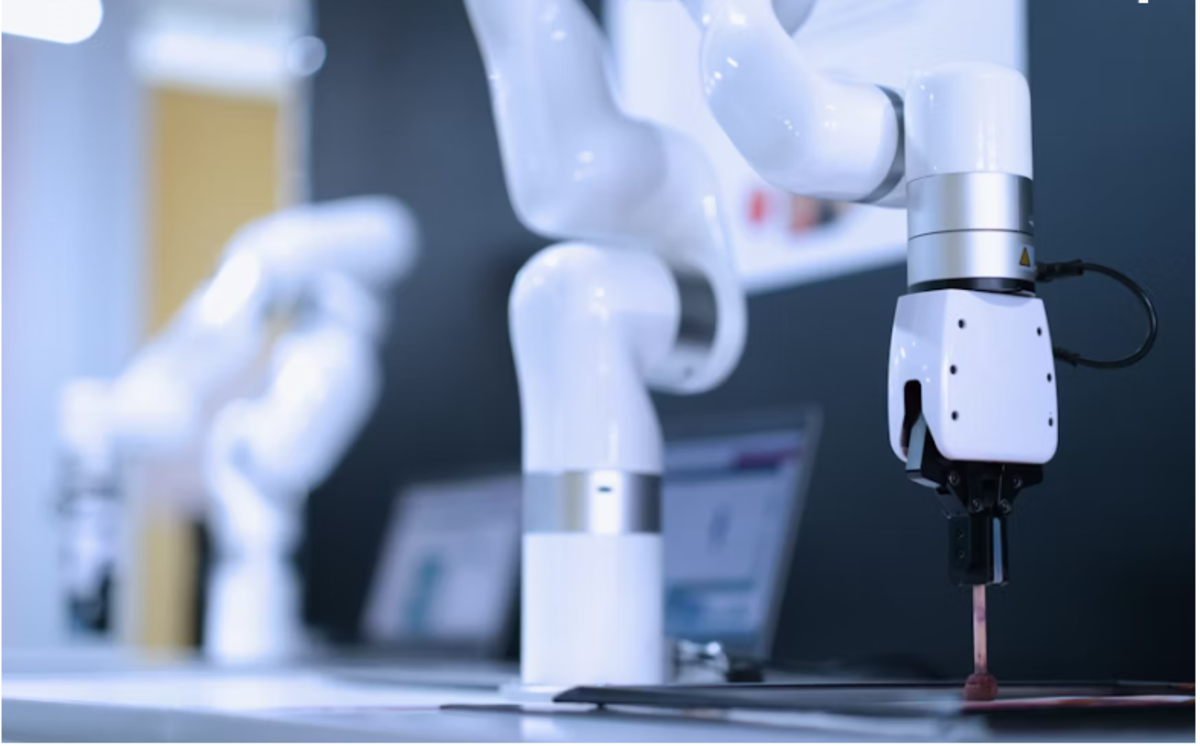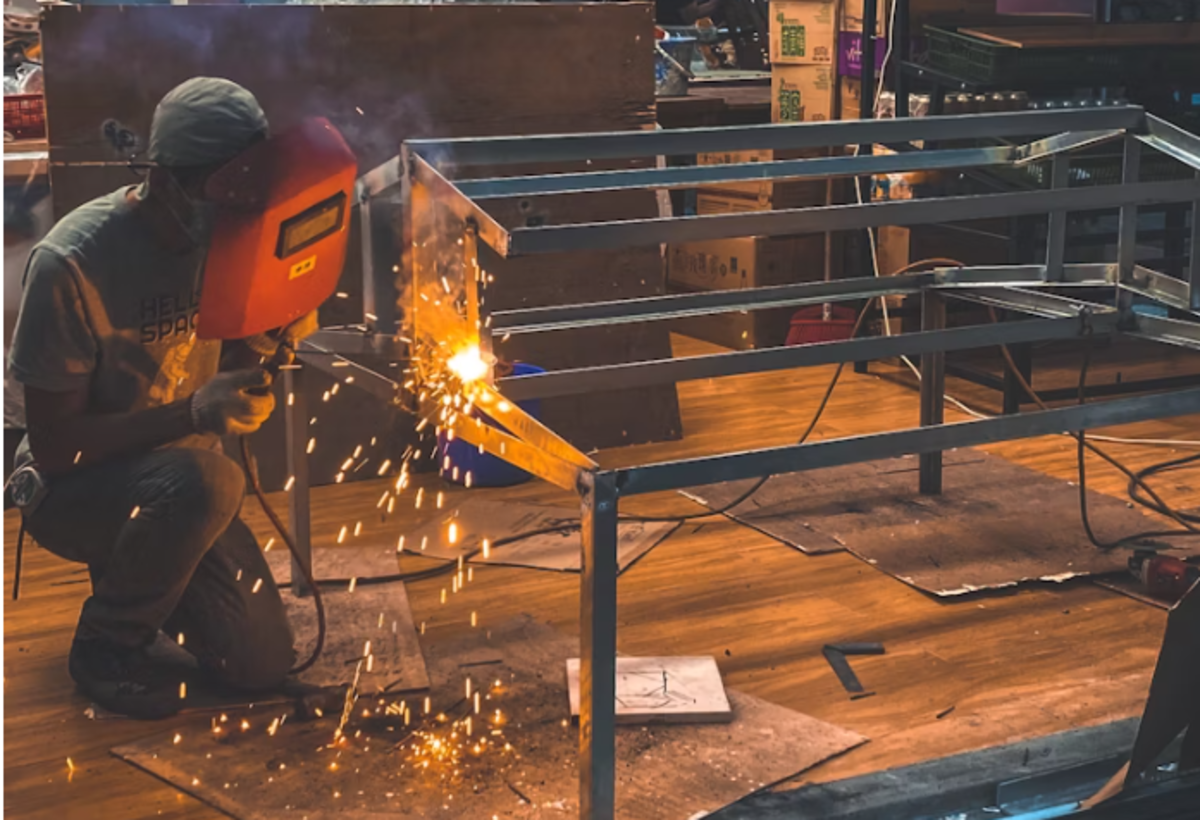Have you ever wondered how raw materials transform into those perfectly round pellets you see everywhere? Welcome to the fascinating world of pelletierung! This extraordinary process is revolutionizing industries by turning dust and small particles into compact, uniform pellets. Whether you’re in animal feed, biomass energy, or pharmaceuticals, understanding pelletierung could be your next big breakthrough. Let’s dive into the amazing realm of pelletierung and discover why it’s essential for a sustainable future.
What is Pelletierung?
At its core, pelletierung is all about converting raw materials into small, uniform pellets. These little powerhouses are consistent in size and shape, making them incredibly easy to handle, store, and transport. Imagine a world where waste is minimized, efficiency is maximized, and products are of top-notch quality—that’s the magic of pelletierung!
The Evolution of Pelletierung
Pelletierung isn’t just a recent trend; it has roots dating back to the early 20th century. It started as a straightforward technique to create uniform-sized pellets, but it has blossomed into a sophisticated process that caters to a wide variety of materials, from wood and biomass to chemicals and animal feed.
Key Benefits of Pelletierung
Why should industries embrace pelletierung? Here are some fantastic reasons:
- Effortless Handling: Say goodbye to the hassle of transporting powders or irregularly shaped materials! Pellets make handling a breeze.
- Consistent Quality: Uniform size means uniform quality—essential for pharmaceuticals and feed production.
- Dust Reduction: Fewer airborne particles lead to safer work environments and a cleaner planet.
- Compact Storage: Pellets are easy to stack and store, saving valuable space and reducing transportation costs.
- Eco-Friendly: Pelletierung transforms waste into valuable products, promoting sustainability across industries.
The Pelletierung Process
Step 1: Preparing Raw Materials
The journey begins with preparing raw materials. This step usually involves:
- Grinding: Breaking down materials into fine particles for uniformity.
- Mixing: Blending ingredients to achieve the perfect formulation, especially in animal feed production.
Step 2: Conditioning
Next, the materials are conditioned by adding moisture and heat, making them more pliable. This step enhances the binding properties, setting the stage for successful pellet formation.
Step 3: Pelletizing
Now, the real excitement begins! The conditioned mixture is fed into a pellet mill, where it undergoes high pressure and temperature. The pellet mill compresses the material through a die, transforming it into sturdy pellets. The magic lies in the precise parameters set during this process, like temperature and moisture content.
Step 4: Cooling and Drying
After pelletizing, the pellets are hot and moist, needing cooling and drying to stabilize. A cooling system reduces their temperature and removes excess moisture, ensuring durability and preventing spoilage.
Step 5: Screening and Packaging
Finally, the cooled pellets are screened to remove any fines or irregularly shaped pieces. The uniform product is then packaged in bags or bulk containers, ready for distribution.
Applications of Pelletierung
Animal Feed
One of the most significant applications of pelletierung is in animal feed production. Here’s why pellets reign supreme:
- Better Nutrient Absorption: Consistent size ensures a balanced diet for livestock.
- Less Feed Waste: Pellets minimize scattering and dust, ensuring animals receive the nutrients they need.
Biomass Energy
Pelletierung plays a vital role in biomass energy. Biomass pellets, made from wood chips and agricultural residues, serve as a renewable energy source for heating and electricity generation. Benefits include:
- Efficient Combustion: Pellets burn cleaner, producing less ash and emissions.
- Sustainable Energy: They reduce reliance on fossil fuels, promoting a greener energy landscape.
Pharmaceuticals
In the pharmaceutical industry, pelletierung is crucial for creating controlled-release drug formulations. This method guarantees:
- Consistent Dosage: Patients receive the correct dosage every time.
- Controlled Release: Medications can be designed to release at specific intervals, enhancing treatment efficacy.
Challenges in Pelletierung
Equipment Costs
While pelletierung offers numerous advantages, the initial investment in equipment can be steep. However, many companies see it as a long-term investment, yielding efficiency gains and reduced waste.
Material Variability
Raw material quality can fluctuate, impacting the pelletizing process. Consistent quality is essential for producing high-quality pellets, so industries implement strict quality control measures to tackle this challenge.
Energy Consumption
The pelletierung process can be energy-intensive, especially during conditioning and pelletizing. Companies are on the lookout for ways to boost energy efficiency, such as optimizing machinery and exploring renewable energy sources.
The Future of Pelletierung
Innovations in Pelletierung Technology
As industries evolve, so does pelletierung technology. Here are some exciting advancements on the horizon:
- Advanced Machinery: New pellet mills with enhanced design and automation are making the process more efficient than ever.
- Alternative Raw Materials: Research into alternative biomass sources, including agricultural waste, is paving the way for sustainable pellet production.
Growing Demand for Sustainable Solutions
The global shift toward sustainability is driving the demand for eco-friendly products. Pelletierung stands out as a key player in this movement, converting waste into valuable products and reducing landfill usage.
Conclusion
Pelletierung isn’t just a process; it’s a transformative technique reshaping industries for a sustainable future. By converting raw materials into small, uniform pellets, businesses can enhance efficiency, reduce waste, and embrace environmentally friendly practices. From animal feed to biomass energy and pharmaceuticals, the applications of it are vast and impactful.
As technology advances and industries adapt to new challenges, pelletierung will continue to be at the forefront of innovation. So, whether you’re a manufacturer, farmer, or energy producer, it’s time to explore the incredible potential of pelletierung and unlock a greener, more efficient future!










